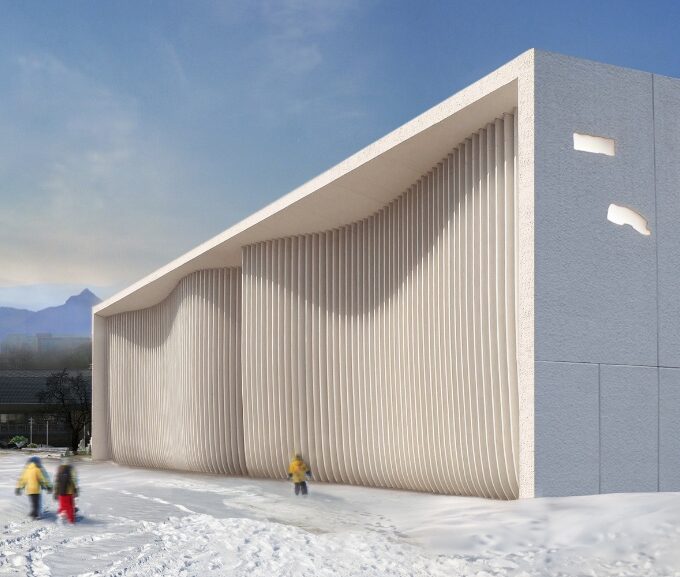Latest News has updated architectural reports on metal roofing and siding, however, there’s a bit more to it than just which metal panels you choose. Different panel profiles use different fasteners and clip systems, which can directly affect the way your metal roof performs. When it comes to clip systems, you can typically choose between fixed, floating, or slider depending on which panel profile you go with. Here’s a better look at the three metal roofing clips systems.
What’s the Difference Between Fixed, Slider & Floating Clip Systems?
Clips refer to metal components that are anchored to a building’s substrate and are used to attach the metal panels. Clip systems are used in conjunction with concealed fastener metal panel systems such as Standing Seam roofs. Each clip is anchored to whatever is beneath the metal panels, like a roofing deck or purlin, and then the panels are attached.
Fixed Clips are recommended for running metal panels less than 30 feet. They are “fixed” in place once installed. The clip will be attached to the leg of the metal panel and get fastened directly to the substrate material below — typically a roof deck. Once in place, it will not move around when the metal panels expand and contract with changing temperatures. They’re a more budget-friendly choice and can help economize a project.
Slider Clips allow for thermal expansion and contraction, however, they can be run with a virtually unlimited panel length. This system is attached to a substrate or roofing deck and has a piece (on the clip itself) that slides and allows for thermal movement.
Floating Clips are recommended to be installed over open framing or purlins only when necessary. They are a type of slider clip and are able to “float,” or raise a small amount, when a metal panel expands and contracts with changing temperatures. These clips are still attached to the panels and building substrate, they just allow for a bit more movement and for pinch insulation over the purlins.
What Panels Use Clip Systems?
Clip systems are used with most (not all) concealed fastener systems, which means that the hardware used to secure the metal panels is unable to be seen after installation. This means your final product will have smooth, uninterrupted lines and screws, clips, or other types of securement devices will not be visible after the installation is complete.
Depending on the panel profile you choose, the clip systems will vary. For example, although Snap Batten panels use a clip system, it’s completely unique to the profile and cannot be classified as any of the three options. Nail Strip panels, although they are a concealed fastener system, do not use clips. Tru Snap panels do not have a slider or floating clip option. Their clip system is technically classified as fixed, but the panels don’t use a mechanical engagement with the clip, allowing the panel to expand and contract freely over the clip.

Which Clip System is Better?
Deciding on whether to choose a fixed, slider, or floating clip system can depend on a few specifications to your project. Here are some things you should consider when choosing your clip systems:
Temperature Fluctuation — Areas that experience dramatic temperature swings may want to consider utilizing a slider or floating clip system (when applicable and only when necessary). With the ability to expand and contract with fluctuating temperatures, these clips systems can allow your roof to move a bit and will result in less stress on your metal roof.
Style & Design — Clip systems, including fixed, floating, and slider, are typically only used on Standing Seam roofing systems. If you’d rather go with a more classic metal roof look, Corrugated or any exposed fastener roofing system will be the way to go. However, if you’re aiming for a modern, sleek look, concealed fastener systems are ideal.
Budget — You should also consider your budget when deciding on which clip system to utilize. Fixed clips are more budget-friendly, especially for homes with short runs, which are most residential applications. They also work well with commercial applications. Taking your budget into consideration can help you determine which is best for your project.
Installation — If you’re planning on DIY installing your metal roof, utilizing a concealed fastener system that uses clips can be a bit more difficult for those without experience. You’ll want to thoroughly research and review the installation guide, ensure you have the right tools, and talk to a Product Specialist before installing. If you want to install your roof yourself, but maybe want a simpler option, you’ll likely want to go with an exposed fastener option such as Corrugated roofing or Box Rib panels. The installation process for exposed fastener roofing systems is a bit easier to do for a DIYer.












